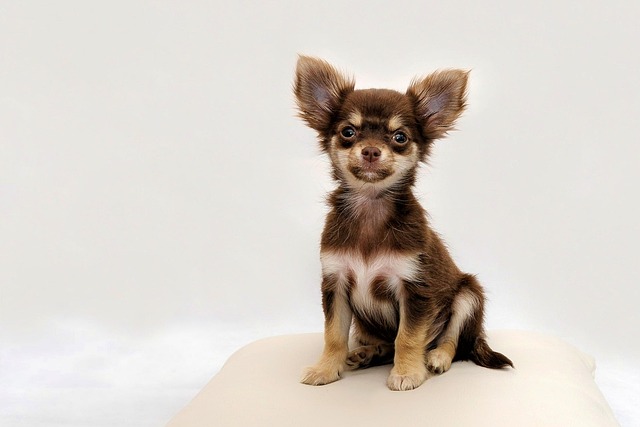
How do i train my dog to be obedient?
Watching your dog dart across the park ignoring your calls isn’t just frustrating—it can put them at risk near busy streets or public spaces.
There’s something endlessly charming about a dog offering a paw when asked—it turns ordinary moments into little shows of connection. Training this trick isn’t just about cute party tricks, though; it builds focus and trust, skills that spill over into better behavior in everyday situations.
Start with the basics: your dog should already know “sit” reliably. Grab their favorite treats—small, smelly ones work best, like bits of cheese or freeze-dried liver. Sit on the floor at their level, so you’re not towering over them. When they settle into a sit, say “shake” in a bright, upbeat tone—consistency in your voice matters more than volume.
Gently take their paw in your hand, lift it slightly, and immediately reward with a treat and enthusiastic praise. Repeat this a few times, pairing the action with the word “shake” each time. Most dogs catch on quickly when food’s involved, but go slow. If they pull away, don’t force it—take a break and try again later.
Once they start lifting their paw on their own when they hear the word, add a pause. Wait a second after they offer the paw before giving the treat, so they learn to hold it briefly. This mimics the “handshake” motion humans use, making the trick feel more intentional.
 In many European countries and U.S. states, positive reinforcement training is not just recommended—it’s aligned with animal welfare laws that discourage punishment-based methods. Yelling or physically correcting a dog for not performing can violate local regulations, especially in places like Germany or the UK, where strict guidelines protect animal well-being. Stick to treats and praise, and you’ll stay on the right side of the rules.
In many European countries and U.S. states, positive reinforcement training is not just recommended—it’s aligned with animal welfare laws that discourage punishment-based methods. Yelling or physically correcting a dog for not performing can violate local regulations, especially in places like Germany or the UK, where strict guidelines protect animal well-being. Stick to treats and praise, and you’ll stay on the right side of the rules.
Practice in short bursts—5 to 10 minutes a day is enough to keep them engaged without getting bored. Try it in different spots: the living room, the backyard, even when guests are over (once they’re confident). Distractions help solidify the command, showing your dog it applies no matter what’s going on around them.
Older dogs or rescue pups might need extra patience, especially if they’re wary of having their paws touched. Spend time massaging their paws during calm moments to build comfort before starting training. It’s all about building trust first—tricks come after that.
By the end, “shake” should feel like a game, not a chore. And remember, every dog learns at their own pace. Celebrate small wins, stay consistent, and you’ll have a pup ready to greet friends (and maybe even impress the neighbors) with their polite little paw offer. Just don’t forget to follow local training guidelines—happy, healthy training is the best kind.

Watching your dog dart across the park ignoring your calls isn’t just frustrating—it can put them at risk near busy streets or public spaces.

New puppy owners often find themselves rushing to clean up accidents before they set in, and that’s where puppy pad training becomes a game-changer.

If you've noticed your dog's waistline disappearing and your veterinarian has mentioned those few extra pounds, your first instinct might be to simply reduce the amount of food in their bowl.

Training a dog to use a designated spot indoors isn’t as daunting as many new owners fear, but it does take consistency and an understanding of your pet’s needs.

That moment of dread on a walk is all too familiar for many new dog owners. You see another dog approaching down the sidewalk of your neighborhood

If the sight of another dog on your neighborhood walk makes your heart sink as your own dog erupts into a frenzy of barking and lunging, you're not alone.